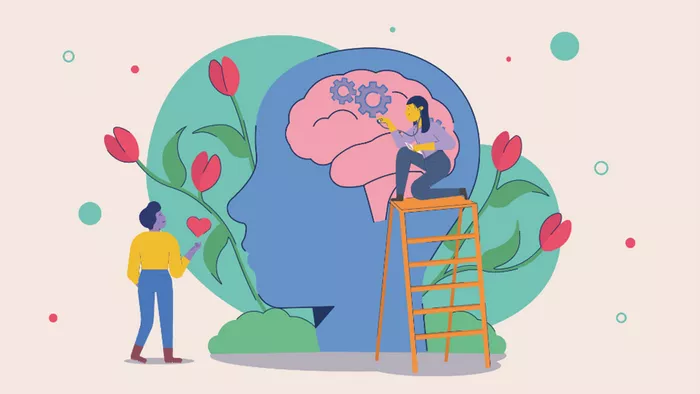The Lindner Center of Hope, a nonprofit mental health facility in Greater Cincinnati, is embarking on a major expansion with a $38 million project aimed at increasing its capacity to serve children, adolescents, and adults. The expansion comes at a time of growing demand for mental health services, with the center seeing over 50,000 outpatient visits annually and anticipating an increase in that number in the coming years.
Expansion Plans and New Features
The new addition to the Lindner Center will include more treatment spaces, wellness facilities, and clinician offices. It will also feature an expansion to one of the center’s residential units and an upgraded space for neuromodulation—a medical technique that uses nerve stimulation in the brain to treat conditions like depression and other mood disorders.
Michael Groat, president and CEO of the Lindner Center, highlighted the unique nature of the center’s offerings. “You have inpatient care, residential care, partial hospitalization care, and outpatient care, all under one roof,” Groat explained. This comprehensive approach is rare among mental health providers, many of whom are shifting toward outpatient and partial hospitalization models instead of inpatient care.
Partial Hospitalization: A Key Protective Service
The expansion also aims to improve care for patients transitioning from hospitalization to outpatient treatment. According to Jennifer Pierson, a spokesperson for the center, partial hospitalization is especially important during the post-hospitalization phase, which is when patients are most vulnerable to suicide. Pierson stressed that this model is protective, offering critical support while also allowing patients to stay at home and avoid the high costs of inpatient care.
Meeting Growing Demand with Expanded Facilities
One of the key drivers of the expansion is the center’s rapidly growing staff. Over the past three years, the Lindner Center’s medical staff has increased from about 30 to nearly 90 clinicians, as the demand for mental health services continues to rise. Laura Nixon, the center’s chief financial and administrative officer, noted that the current facility is at capacity, necessitating the addition of new space to accommodate the expanded team and provide better care for patients.
Innovative Design with ‘Main Street’ Lobby
A standout feature of the expansion is the innovative design of the first-floor lobby, which will be known as “Main Street.” Designed by architect Rob Humason, Main Street will connect the existing lobby to the new addition and provide easy access to key areas such as the intake space, wellness area, and a 300-seat conference room. The building will also have walking trails outside, surrounded by a lawn and mature trees, providing clinicians with a peaceful environment for relaxation during their breaks.
Project Timeline and Funding
Construction on the new building is set to begin in May, with the demolition of the old administrative office as the first step. The expansion is expected to be completed by the fall of 2026. The $38 million project will be funded through a combination of sources, including a $30 million capital campaign, a hoped-for $4 million in state funding from Ohio, and additional funding from the center’s operations.
Conclusion
The Lindner Center’s expansion marks an important step toward addressing the increasing demand for mental health services in the region. With a focus on comprehensive care and a state-of-the-art facility, the center aims to provide better support for individuals struggling with mental health issues, offering a full range of treatment options under one roof. As the project progresses, the center hopes to improve access to care, reduce the risks associated with post-hospitalization recovery, and ensure that patients receive the support they need for long-term mental wellness.


